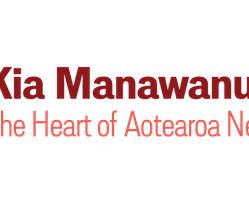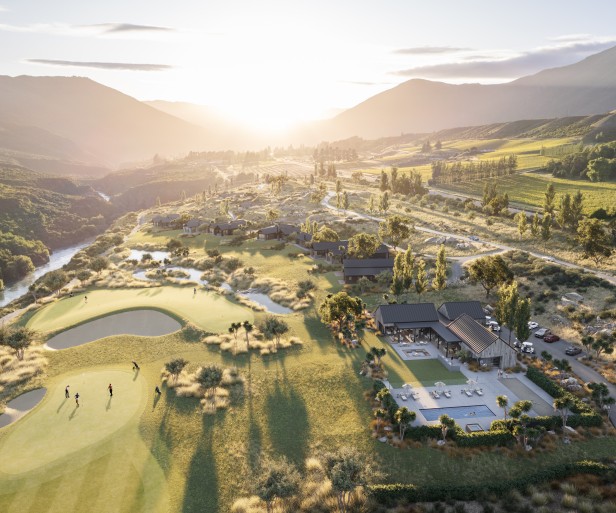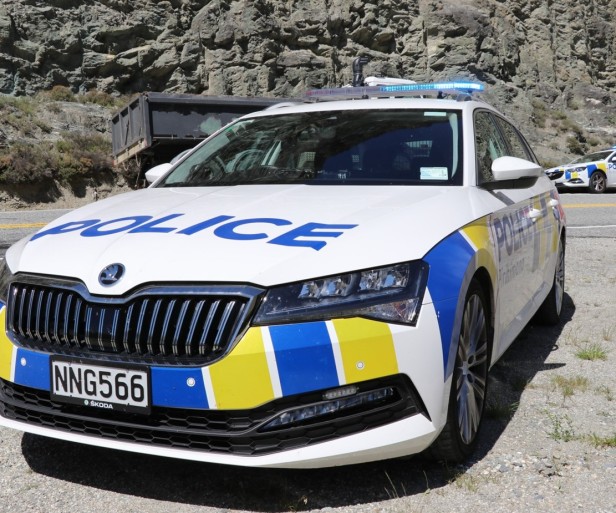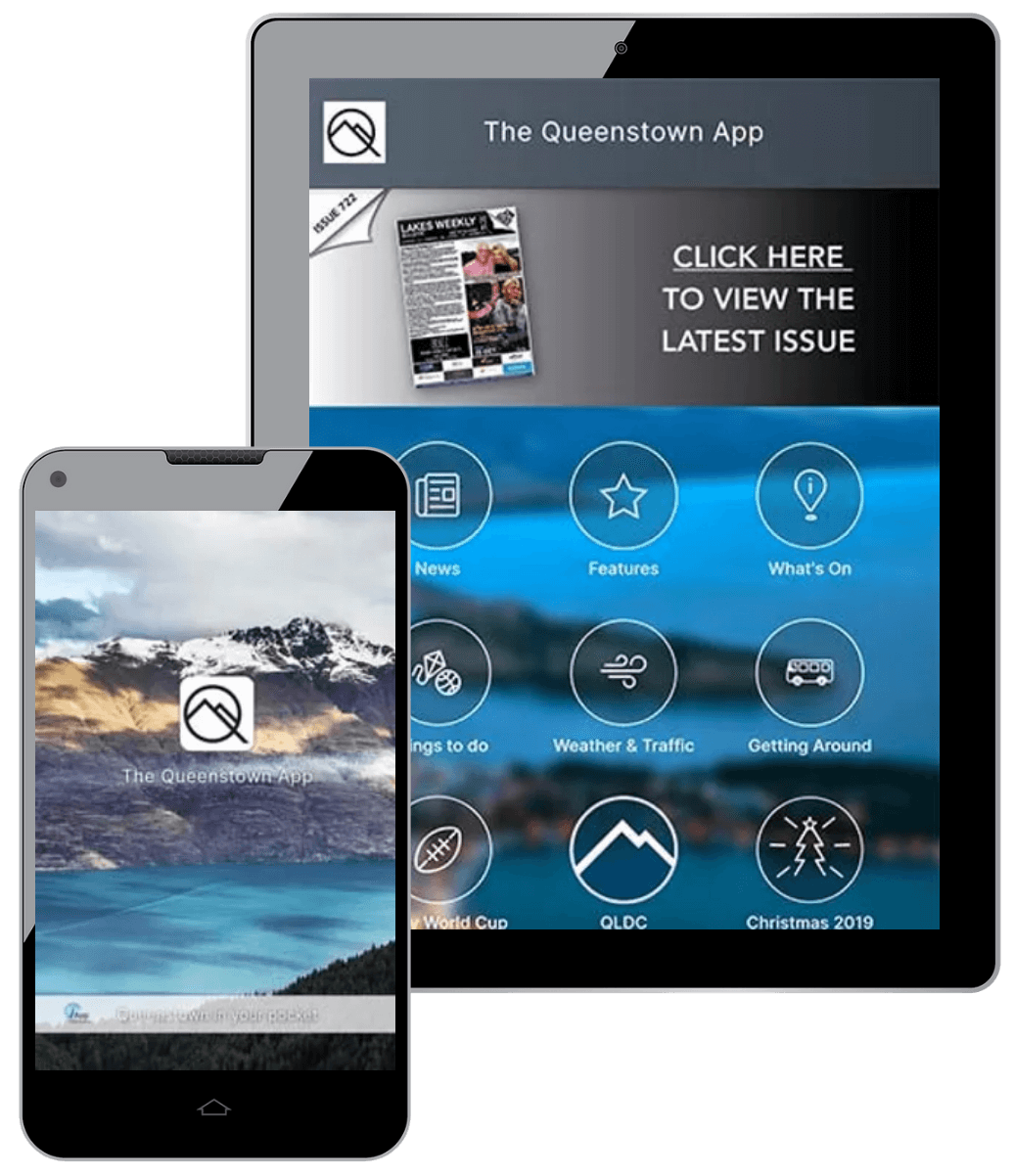Backcountry night rescues
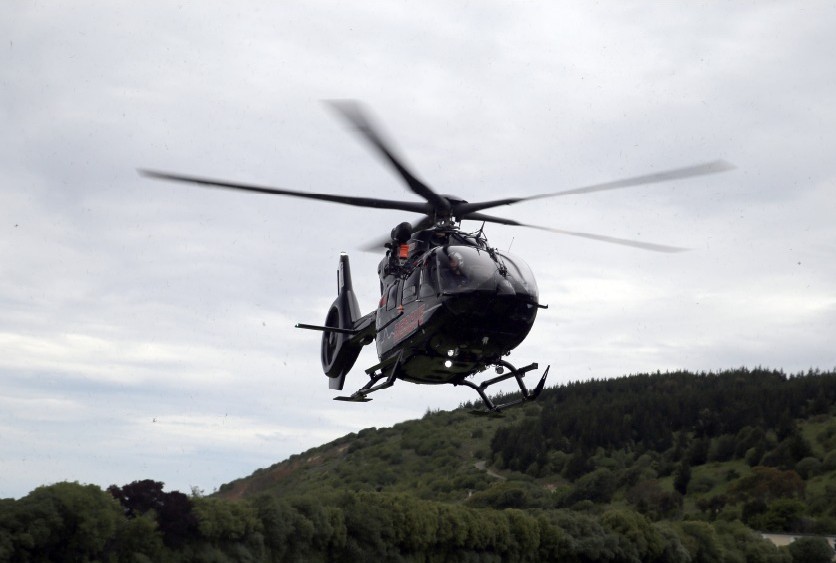
Two backcountry skiers had to be rescued in challenging conditions on Saturday evening – one from steep terrain high above the Doolans Basin near the Remarkables, the other from the south face of Black Peak, near Treble Cone.
Wakatipu Alpine Cliff Rescue volunteers were called to assist the Otago Southland Rescue Helicopter in both rescues, that were underway concurrently in strong southerly conditions and poor visibility with low cloud, making for very challenging flying conditions.
It was 9pm before rescuers were able to evacuate a young English backcountry skier from a steep, south facing slope just below 2000m above the Doolan’s Basin, after he crashed and fell, breaking his leg, just after 4pm.
Alpine Cliff Rescue Team leader Will Rowntree says the man and his friends only had a cell phone – no other means of communication in an area where reception is not always available, and they rang 111.
“Heli Otago was called in with the rescue helicopter and called us in along with members of our team who are on the Remarkables Ski Area Ski Patrol,” Rowntree says. It was getting dark, and the weather was deteriorating, and it wasn’t safe for the helicopter to land us close to the patient, so a team of five of us, and the Heli Otago paramedic, were dropped off, making our way to him on foot.”
Rowntree says it was “a complicated extraction” involving the use of ropes to raise the patient up and out of the area. “It was tricky getting him out, but we managed to raise him 60 metres up to a ridge in really bad weather conditions.”
The team then skied him down on a toboggan to the Ski Area base building where a St John Ambulance was waiting around 9pm.
A St John spokesperson says the man, who was in a moderate condition, was transported to Lakes District Hospital by road ambulance from there. Rowntree says he was then moved on to Southland Hospital.
He and other rescuers are reiterating calls for backcountry skiers to carry several forms of communication, including a personal locator beacon or inReach satellite device and to check the weather forecast before setting off.
“It’s great that people are out there having fun, but they didn’t have a beacon or inReach, just a phone and the reception’s not always great in there,” he says. Fortunately, they were able to call for help, but backcountry skiers need multiple forms of communication, Rowntree, who’s also a Remarkables Ski Area patroller, says.
“We urge people to think about their decision making. It was nearing the end of the day in deteriorating weather. Those conditions all make for a longer rescue.”
Wakatipu Alpine Cliff Rescue Team members Jono Gillan, also the Heli Otago alpine rescuer, and Karl Johnson were called in to assist with the Black Peak rescue happening at the same time that night after an Aspiring Guides ski touring client fell and injured his leg.
Johnson says it was a tricky rescue because of the incoming, deteriorating weather in what was steep terrain, not far from Aspiring Guides’ Black Peak Hut, near Wānaka.
The visiting experienced Kiwi skier had hit some variable snow and ice in an unfortunate accident, and the helicopter had to take several attempts in the poor weather to get in. “Visibility was coming in and out we had very strong winds.”
The rescuers were dropped in by the helicopter and then had to move the patient lower down to where he could be winched out, Johnson says.
It was 9pm by the time they got the patient out.
Team leader Tarn Pilkington says the group had been staying at Aspiring Guides’ Black Peak Hut and the two qualified guides on the scene handled the situation extremely well, packaging the patient up on a makeshift stretcher ready for rescue.
“It was tricky terrain up there and the time of night meant it was dark, meaning only night flying.”
Maritime NZ’s Rescue Coordination Centre received the beacon activation just after 5pm, pinging to the south face of Black Peak in Mount Aspiring National Park. A spokesman says the Otago Rescue Helicopter collected the Wakatipu Alpine Cliff Rescue specialists on the way.
“The patient was moved to a safe location by the ACR team and then hover-loaded on to the helicopter before being taken to Dunedin Hospital for treatment,” he says. A St John spokesman says the patient was in a moderate condition.


